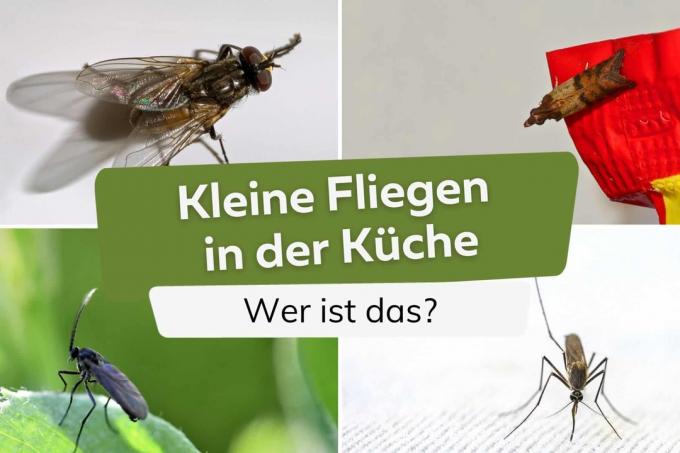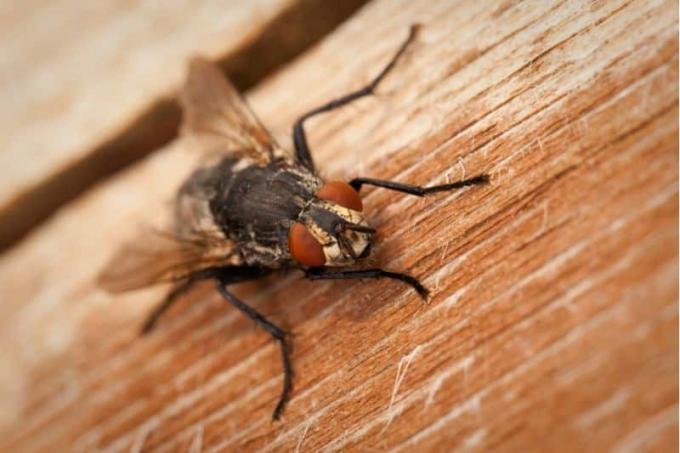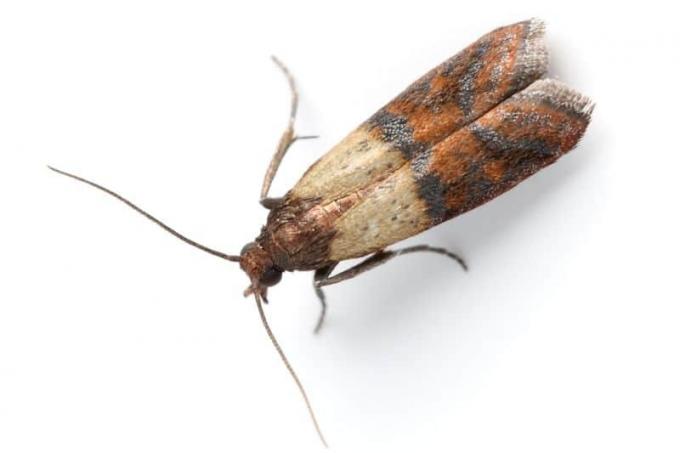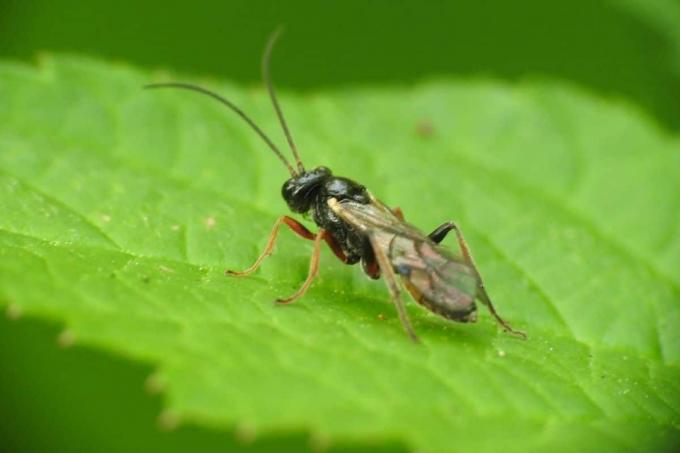
Small flies in the kitchen quickly become annoying. This article explains which species can be found in the kitchen but are not fruit flies.
In a nutshell
- there are few real flies in the kitchen
- more often they are mosquitoes or moths
- sometimes it's hard to fight them
- some can damage supplies or transmit diseases
Table of contents
- toilet fly
- Small housefly
- flour moths
- fungus gnat
- mosquito
- fungus gnat
- frequently asked Questions
toilet fly
In the toilet fly (Psychoda grisescens) is actually a butterfly mosquito. It cannot sting, but it can transmit diseases, as it likes to live in sewers and around dirty pools of water.

- Occurrence: Mainly in the bathroom or toilet, but can also come from sink and sink drains
- Reproduction: in drains, larvae feeding on organic material
- Size: a few millimeters in size
- Characteristics: dark-colored, flies poorly, rounded wings, heart-shaped shape
- Dangers: transmits diseases, also on food
Small housefly
When the small housefly (Fannia canicularis) flies around in the kitchen, it is usually not alone. They are attracted to rotting organic waste, for example in rubbish bins, and they can even multiply explosively.

- Occurrence: common everywhere, also often found outdoors
- Reproduction: Eggs are laid on organic waste such as carrion, droppings or kitchen waste
- Size: up to 6 mm
- Characteristics: typical appearance of a small Fly
- Dangers: the flies can probably transmit diseases
A notice: In itself, the fly is harmless, but it can become very annoying if there are many specimens flying around in the kitchen.
flour moths
flour moths (Ephestia kuehniella) are not flies, but can be perceived as such at first glance. In theory, the small moths are nocturnal, but if the infestation is very large, they are also out and about in the kitchen during the day.

- Occurrence: near dry foods, such as flour, grain, nuts, therefore in storage cupboards and storage rooms
- Reproduction: Larvae feed on dry foods
- Size: moths about 1 cm body length, larvae smaller
- Characteristics: moths marbled gray to brownish, larvae white with reddish heads
- Dangers: stubborn storage pest, spoils flour, nuts, muesli, noodles and more, should be fought persistently, very prolific
fungus gnat
Fungus gnats (Mycetophilidae) are not usually found indoors. However, if you go to pick mushrooms, you can bring them into the kitchen, since the larvae of these mosquitoes live in fungi.

- Occurrence: damp forests, brought into the kitchen by fungi
- Reproduction: Larvae feed on fungi
- Size: a few millimeters
- Characteristics: typical shape of a mosquito
- Dangers: none, this mosquito cannot bite
mosquito
mosquitoes (Culicidae) can be found anywhere in the home, including the kitchen. They are usually not as annoying there as they are in the bedroom at night, but they can still sting and suck blood.

- Occurrence: in the whole apartment, but also outdoors
- Propagation: in standing small bodies of water, puddles, buckets, rain barrels, pools
- Size: up to 1.5 cm in length
- Characteristics: dark body, typical annoying whirring
- Dangers: the sting is sometimes painful, itching is more common, mosquitoes can transmit diseases
fungus gnat
The fungus gnat (Sciaridae) is a typical one pest of potted plants. This tiny mosquito gets lost in the kitchen through herbs in pots.

- Occurrence: in potting soil, mostly brought in by potted plants
- Reproduction: Larvae live in moist soil, feeding on organic material
- Size: a few millimeters in size
- Characteristics: dark color, mainly fly around flower pots
- Dangers: none for humans, but they can cause serious damage to potted plants if they eat the roots
A notice: Covering the potting soil with bird sand prevents mosquitoes from laying eggs in the soil.
frequently asked Questions
Some of the annoying insects come from outside. Others, on the other hand, you bring into the apartment yourself, for example when you go shopping.
Close-meshed fly screens on windows and doors are the most effective. This way the insects don't even get into the apartment. In addition, food must not be left open in the kitchen for long periods of time.
While there are many natural enemies of flying insects outside, especially birds, it is different indoors. Various types of spiders are the most effective there, but they are often not liked to be seen in the apartment themselves.
